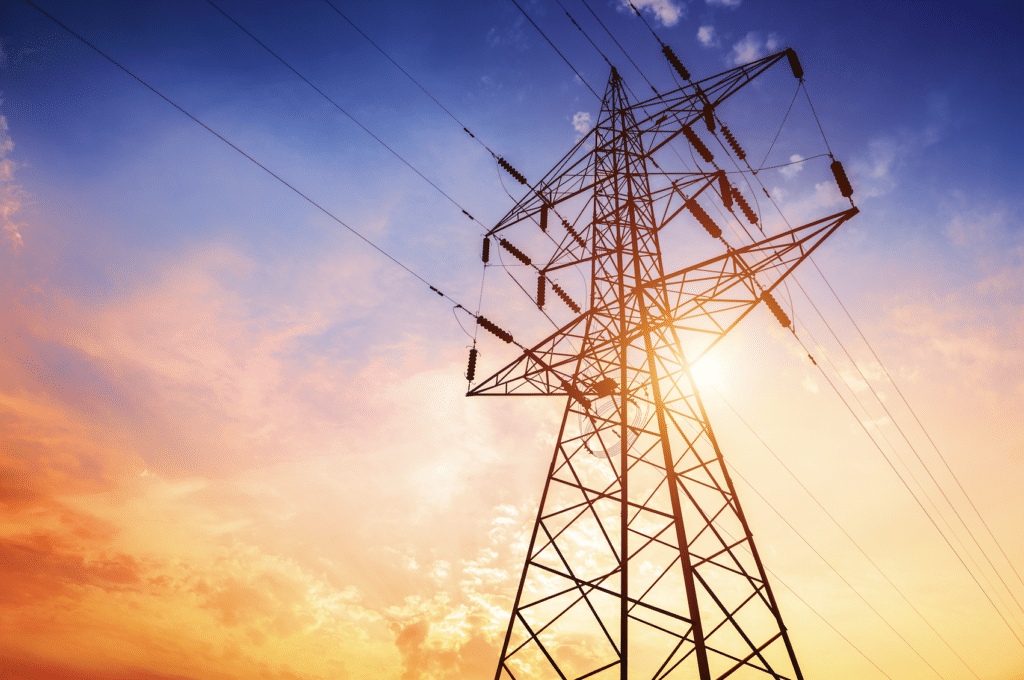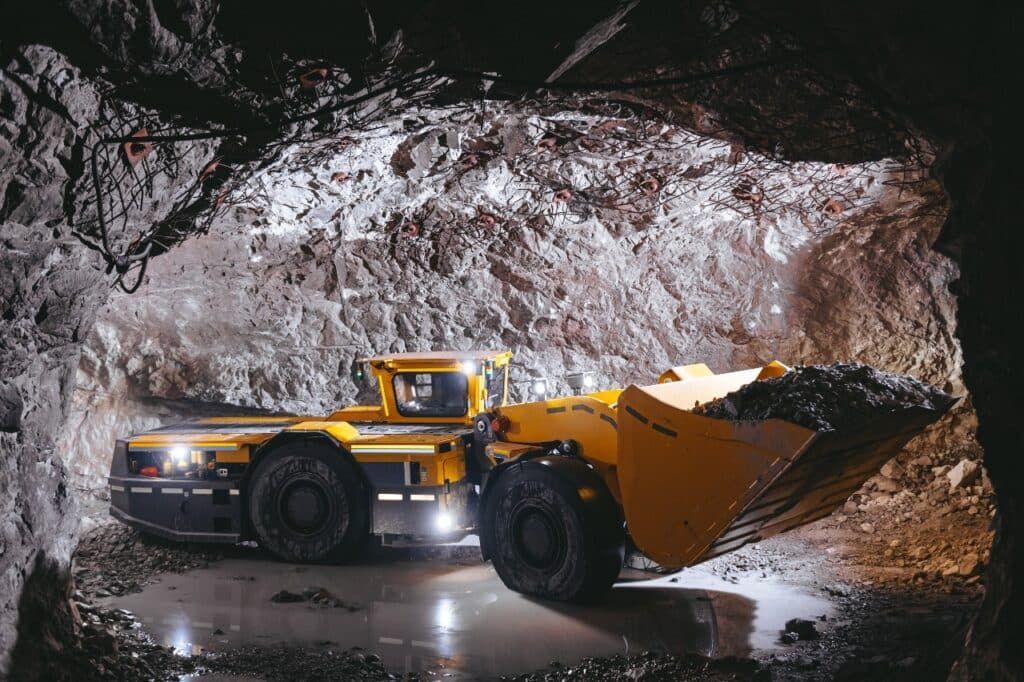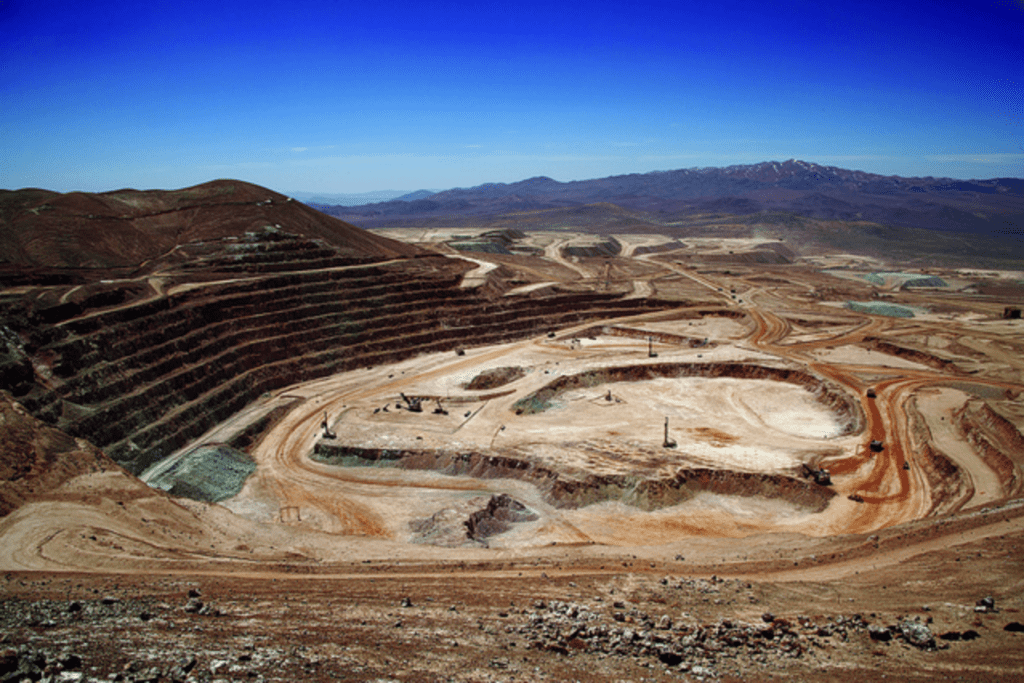Fortescue begins building Arizona green hydrogen plant
Australia’s Fortescue (ASX: FMG) has begun building its first “green” hydrogen plant in Arizona, which is expected to produce up to 11,000 tonnes of the element annually.
Construction of the project, dubbed Arizona Hydrogen, is part of Fortescue’s $550 million commitment to developing an electrolyzer and liquefaction facility in Phoenix, where first production of liquid green hydrogen is targeted for 2026.
The world’s fourth-largest iron ore maker, which is expanding into renewable resources with its Fortescue Energy unit, said the Arizona plant is slated to create over 2,000 jobs during construction and more than 400 permanent positions once in operation.
The process of producing green hydrogen is powered entirely by renewable energy. Since it doesn’t generate polluting emissions it is considered the cleanest and most sustainable form of hydrogen.
“Fortescue is unashamedly a first-mover in this space, the world needs us to move quickly,” Fortescue executive chair and founder Andrew Forrest said.
“But, we need to be encouraged to that, not punished. There are rules right now under consideration with the Biden Administration that would make already announced projects like this one dramatically more expensive and smaller, resulting in fewer economic opportunities and slower progress on decarbonization.”
Forrest was referring to the proposed Clean Hydrogen Production Tax Credit, or section 45V of the US Inflation Reduction Act, which dictates how hydrogen producers qualify for the credit.
The draft rules propose to limit hydrogen producers’ ability to provide project-specific information, such as upstream emissions data, when calculating the carbon intensity of their hydrogen. Instead, a national average will be used for all producers, rather than allowing them to use their actual upstream emissions data.
According to opponents to these rules, they say that the eligibility for the 45V tax credit will be based on this national average carbon intensity, rather than the real emissions associated with each producer’s operations. As a result, the federal government may end up rewarding dirtier natural gas production while discouraging other producers from cleaning up their processes.
“I support the Biden Administration’s goal to produce hydrogen in a way that prioritizes sustainability, however 45V, in its current form, is a straitjacket on the industry and works against the Biden Administration’s own climate goals,” Forrest said.
Fortescue has been expanding its presence in the green energy market in recent months. Late last year, it approved investments of about $750 million over the next three years for the Arizona hub and two other projects: the Gladstone 50 megawatt green hydrogen project in Queensland, Australia; and the Christmas Creek green iron trial commercial plant in Western Australia.
The miner has also announced its intention to build an advanced manufacturing facility in Michigan and it has opened an office in New York, called Fortescue Capital, to attract more investment into its green energy businesses.
As part of the strategy to scale up its green energy unit, Fortescue said last year it would no longer allocate 10% of its net profits to this business. Instead, projects and investments will compete for capital allocation, with additional funding coming from external investors.
Fortescue expects to maintain equity stakes ranging from 25% to 50% in these projects, where it will partner with outside investors.
The miner is expected to make final investment decisions on green hydrogen initiatives in northeastern Brazil and Norway before year-end.
Source: https://www.mining.com/fortescue-begins-building-arizona-green-hydrogen-plant/




